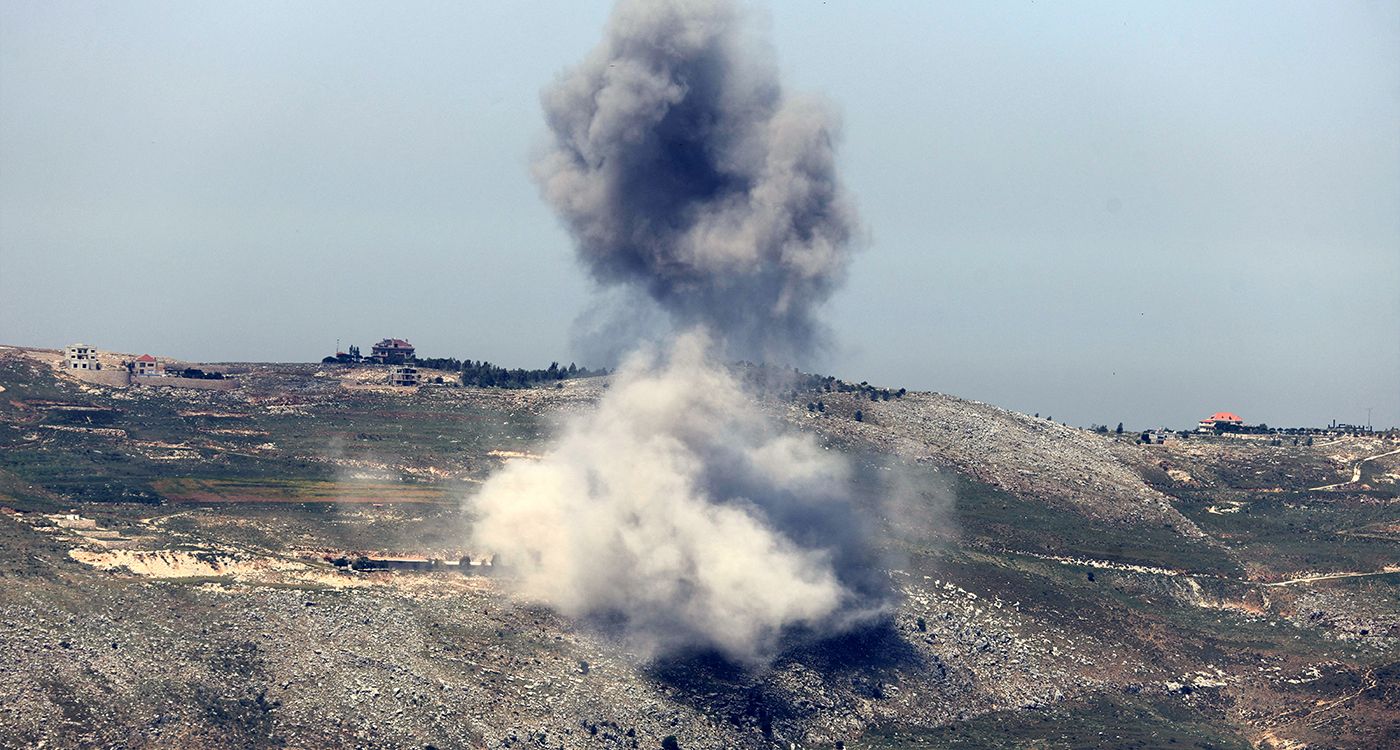
The Lebanese are understandably focused on the upcoming municipal elections, but they remain deeply unsettled by regional developments. As the situation evolves, it often feels as though little changes. Today, the primary concern is the ongoing negotiations between Washington and Tehran, and, more critically, the fate of various Iranian proxies that continue to exert considerable influence over Lebanon’s future.
The central question that haunts the Lebanese is whether, as American leaders consistently assert, the tentacles of the Iranian mullah regime across several Arab countries, particularly in Lebanon, will truly and permanently be neutralized. In other words, could Hezbollah’s militia be “spared” in a potential US-Iranian agreement, possibly at the expense of Lebanese sovereignty? Or, are the US calls for Hezbollah’s full dismantling genuinely serious? Similarly, is the recent ceasefire with the Houthi militia in Yemen, announced by Washington just days ago, a precursor to an agreement with Tehran, or is it simply the result of the militia’s capitulation, as former President Donald Trump suggested?
This latter scenario appears increasingly likely. By the end of April, a senior Pentagon source confirmed that, since mid-March, more than a thousand Houthi positions and strongholds had been bombed by US aircraft. These relentless airstrikes, sometimes involving British aircraft and more recently Israeli bombers, have been carried out at an unyielding pace, reaching as many as 30 to 50 attacks in a single day. This was not merely a series of isolated and limited operations but rather represented a full-scale war launched by the Trump administration against the Yemeni militia. Senior US officials openly acknowledged that these airstrikes served as a sharp warning to Iran. And with good reason: despite setbacks, the mullah regime has continued to foster an anti-Western and belligerent atmosphere across multiple countries in the region, particularly through its proxies. This has persisted even as the US and Israel have dealt severe blows to Iran’s military-security apparatus in the Middle East, especially through its Revolutionary Guards.
The overwhelming firepower and advanced technological capabilities of the US, British and Israeli Air Forces have significantly weakened the Houthi militia's ability to cause harm. However, it has not been fully eradicated. The Iranian-backed militia continues to launch long-range missiles at Israel and poses a threat to maritime trade in the Red Sea. This highlights the recklessness of the Iranian military arsenal, which has been funneled into Yemen for years, transforming the territory controlled by Tehran’s proxies into a sprawling weapons and missile depot from one end to the other.
A similar scenario has unfolded in Gaza, where, over the years, tens of billions of dollars, approved by the Israeli government, have been directed to Hamas. However, instead of investing these funds in development projects, Hamas used them to construct hundreds of underground tunnels, effectively turning Gaza into a stronghold of militia control. The stockpiling of weapons and missiles in Gaza’s underground bunkers has primarily served to launch missiles at Israeli towns, providing the Hebrew State with the justification for airstrikes on this territorial Strip.
Much like the ceasefire agreement with the Houthis, the late-night announcement on May 11 of an agreement between Washington and Hamas introduces a new dynamic that significantly shifts US efforts to reshape the Middle East. In an official statement, Hamas agreed for the first time to allow Gaza to be managed, after hostilities cease, by an “independent professional body, ensuring peace and stability for many years.” This reference to stability lasting “many years,” (rather than a permanent peace), raises a crucial question: Are we truly witnessing the dawn of a hypothetical transitional agreement with Tehran, aimed at bringing its ally in Gaza into line? And could this lead to a resurgence of Iran's radical and belligerent policies in the years to come?
Given the current upheavals in the Middle East, it is more critical than ever to remember a fundamental factor: there are numerous signs on the ground suggesting that the dogmatic advocates of “exporting the Islamic Revolution,” a project launched by Ayatollah Khomeini in 1979, have neither given up nor abandoned their ideological mission. In the past, they have demonstrated their resolute determination through massive support for the Assad regime, a central hub for the expansion of the Revolutionary Guards, and through the establishment of Tehran-affiliated militias in Iraq. Most notably, the unchecked and disproportionate strengthening of Hezbollah in Lebanon, fueled by continuous flow of financial, military, logistical, socio-economic and political aid, has been a cornerstone of this strategy. This invasive sponsorship in Lebanon resulted in the large-scale construction of weapons and missile depots, along with dozens of underground tunnels exclusively dedicated to militia operations, across significant parts of territory controlled by Hezbollah.
In light of these realities, it is impossible not to ignore uncomfortable but crucial questions: How is it that such an extensive military infrastructure was built and deployed, especially in Gaza and southern Lebanon, without any immediate reaction from Israeli authorities, either in media or political forms? More troubling still, what has been the true purpose of the Iranian arsenal deployed across Yemen, Lebanon, Iraq, Syria and Gaza, if not to bring death, destruction, devastation and displacement of populations in these regions?
Additionally, how can we rationally and transparently explain that this unlimited military aid has failed to advance the cause of “the path to Jerusalem” even the slightest bit? Was the mullah regime’s network of proxies in select parts of the Arab world merely about strengthening Iran’s negotiation position with the United States and consolidating its regional expansion, or was it also about securing leverage in a broader ideological and “cultural” confrontation with the West?
Supporters of this strategy in Iran (seemingly numerous) have made their voices heard loud and clear in internal debates, as reported by Iranian media. While dismantling the Iranian proxies in Lebanon, Yemen and Iraq is undoubtedly a necessary step for long-term stability in the Middle East, it is far from enough. Failing to address the root cause of the issue—radically, within Tehran itself, at the level of the hardline ideologues—would only leave the source of the problem intact, granting it a temporary reprieve. This would mean settling for a brief pause, while sowing the seeds for a future resurgence of the conflict and a renewed anti-Western struggle in the medium to long term.





Comments